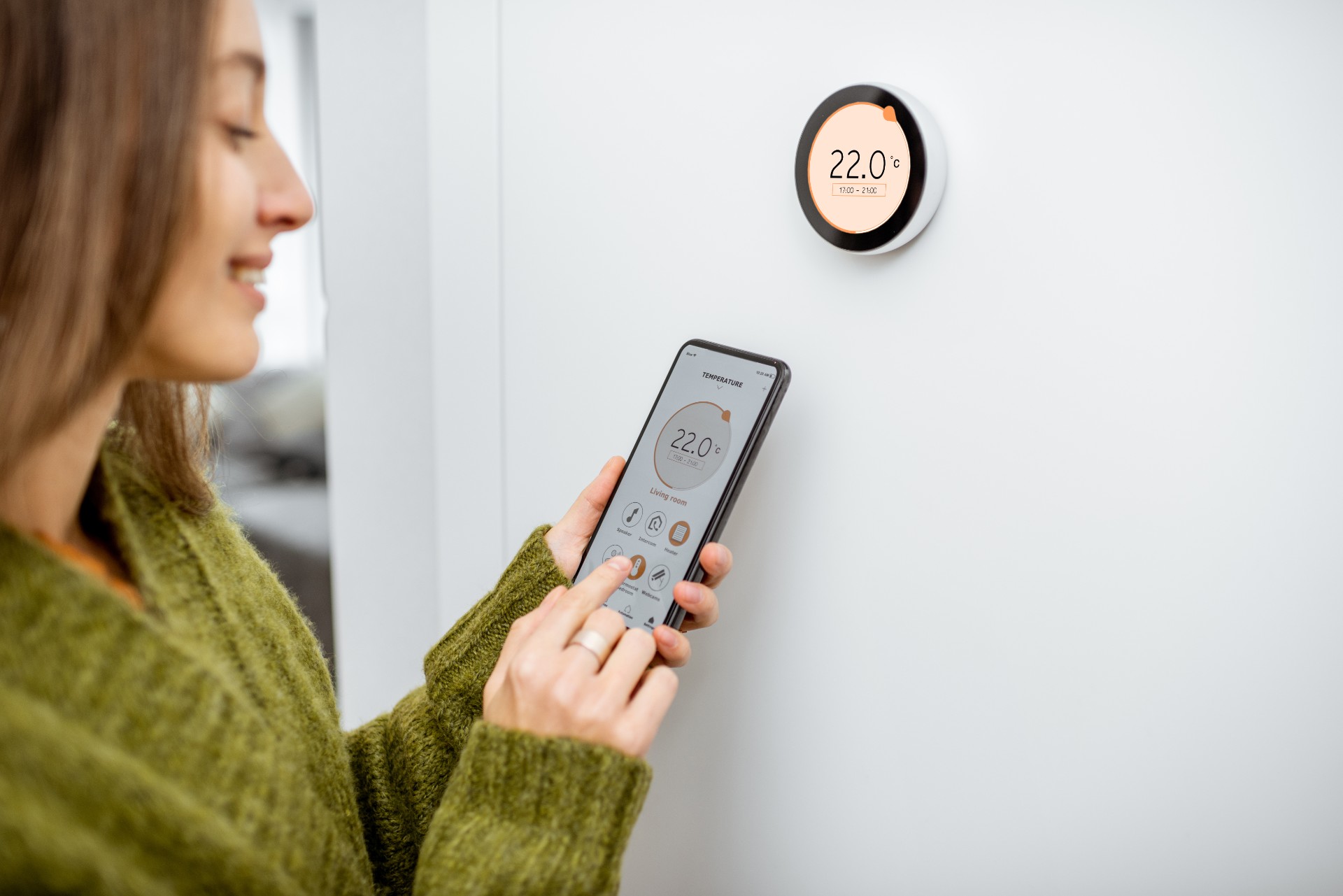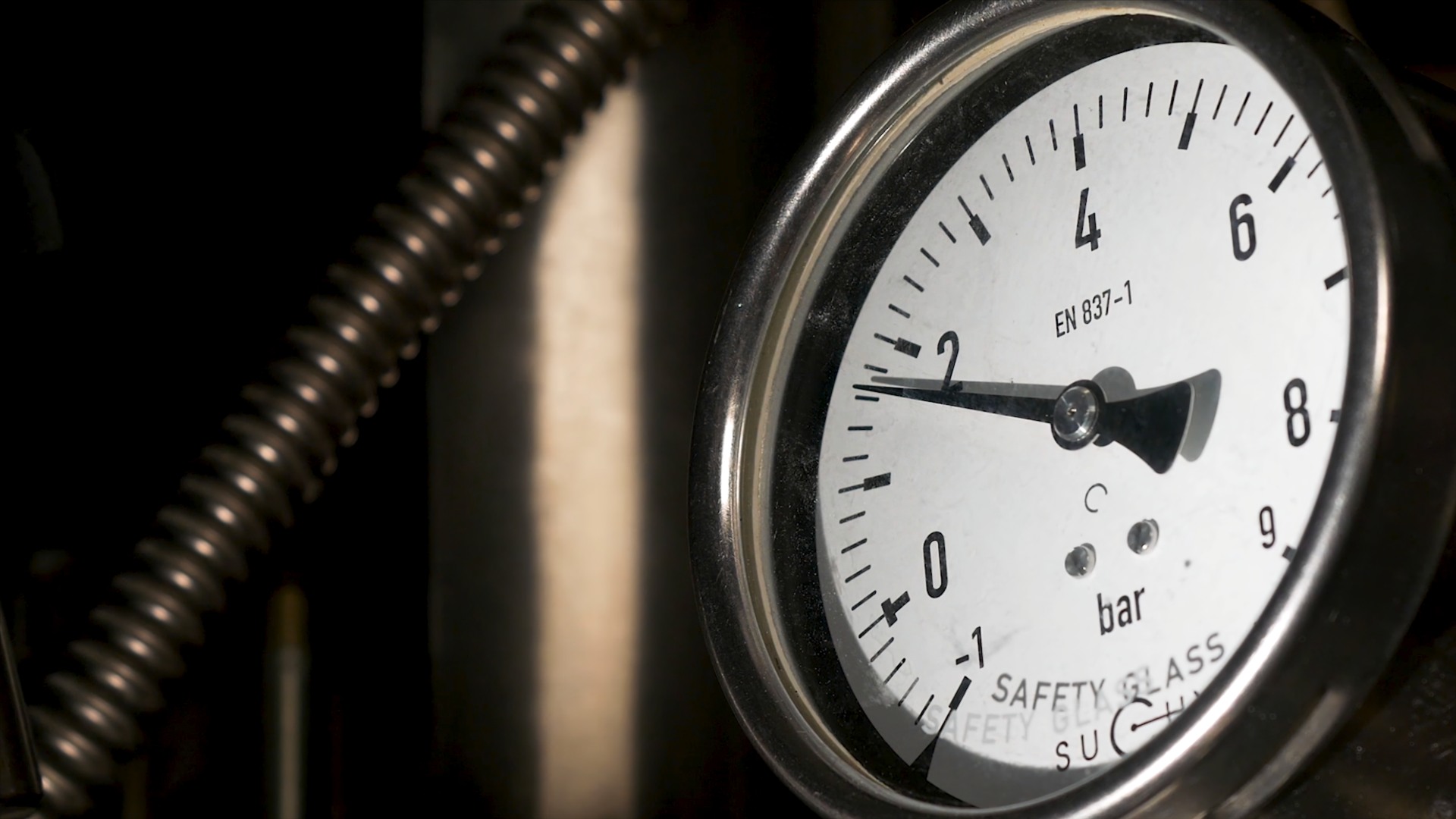The Hive Smart Thermostat is a central piece of technology in modern homes, designed to provide efficient control over one’s heating and hot water systems. This smart device allows users to manage their home environment with ease, using the Hive app and website. However, like any piece of technology, it is not immune to issues. This article aims to guide you through the process of troubleshooting common Hive thermostat problems, ensuring your heating system works properly and efficiently.
How to Troubleshoot Common Hive Thermostat Problems?
What are the Symptoms of a Malfunctioning Hive Thermostat?
A malfunctioning Hive thermostat can manifest through various symptoms, which may include the thermostat display not working, the device not responding to commands from the Hive app, and the heating or hot water not activating as per the set schedules. Users might also encounter issues with the target temperature not being reached or the central heating remaining inactive despite being programmed to turn on. Recognizing these signs is crucial in diagnosing and resolving the underlying issues with the Hive thermostat system.
How to Reset Your Hive Thermostat?
Resetting your Hive thermostat can often resolve many common issues. To perform a reset, locate the reset function within the Hive app menu or on the thermostat itself. Ensure that the Hive hub is connected, as the reset process will require a stable connection. Resetting the device can re-establish communication between the thermostat and the Hive receiver, potentially resolving issues with the heating system or hot water schedule.
When Should You Contact Hive Support?
While many issues can be resolved through troubleshooting and resetting, there are instances where contacting Hive support is necessary. If your Hive smart thermostat continues to exhibit problems despite following troubleshooting steps, or if there are persistent connectivity issues with the Hive devices, reaching out for professional assistance is recommended. Hive support can provide detailed guidance and, if needed, arrange for a technician to assess the system.
Why is My Hive Thermostat Not Connecting?
How to Fix Hive Connectivity Issues?
Connectivity issues are common with smart devices, and the Hive thermostat is no exception. Ensuring that your Hive hub is properly connected to the internet is the first step in resolving these issues. Check the hub’s connection status via the Hive app and website. If the hub is connected but the thermostat is not, try repositioning the hub closer to the thermostat or resetting your router. Additionally, ensuring that the Hive receiver is functioning correctly can help restore connectivity.
Is Your Hive Hub Properly Connected?
The Hive hub is the central unit that connects all Hive devices to the internet, facilitating communication and control. A properly connected Hive hub is essential for the thermostat to function correctly. Verify that the hub’s LED indicators show a stable connection, and review the settings in the Hive app menu for any discrepancies. If issues persist, restarting the hub or performing a factory reset may be required.
What to Do When the Hive App Fails to Connect?
When the Hive app fails to connect to the thermostat, it can disrupt the management of your heating and hot water schedules. Ensure that your mobile device has a stable internet connection and that the app is updated to its latest version. Clearing the app’s cache and data can also resolve connectivity problems. If the issue persists, uninstalling and reinstalling the Hive app may restore functionality, allowing you to resume using the Hive system effectively.
What to Do When the Hive Thermostat Display is Not Working?
How to Check the Thermostat Display for Errors?
A non-responsive or malfunctioning thermostat display can be concerning. Begin by checking the display for any visible errors or messages that could indicate the problem. If the display on your thermostat is blank, it might be an issue with the power supply or an internal fault. Consulting the user manual for specific error codes can provide insight into the necessary steps to take, whether it involves resetting the device or contacting support.
Steps to Replace the Batteries in Hive Thermostat
One of the most common reasons for a non-responsive display is depleted batteries. The Hive thermostat typically uses AA batteries, and replacing them is a straightforward process. Carefully remove the thermostat from its base, replace the batteries, and reattach the device. It is advisable to use high-quality batteries to ensure the thermostat continues to function efficiently.
Is a Faulty Display a Sign of a Bigger Issue?
While a faulty display can often be attributed to simple issues such as battery depletion, it can sometimes indicate a more significant problem within the Hive thermostat system. If replacing the batteries does not resolve the issue, or if the display continues to malfunction intermittently, it could suggest an internal fault that requires professional attention. Persistent display issues should be addressed promptly to avoid disruptions in your heating and hot water schedules.
How to Manage Hive Thermostat Schedule Effectively?
How to Set Up and Adjust the Hive Thermostat Schedule?
Setting up and adjusting the Hive thermostat schedule is essential for optimizing your home’s heating and hot water efficiency. Through the Hive app, you can customize schedules to match your daily routine, ensuring that the heating system activates only when needed. Regularly reviewing and updating your schedules can lead to more efficient energy use and potentially lower utility bills.
Can Changing Schedules Affect Hive Thermostat Performance?
Altering the schedules on your Hive thermostat can impact its performance. Frequent changes may confuse the system, leading to inconsistencies in reaching the target temperature. It is important to ensure that schedule updates are logical and consider factors such as occupancy and weather conditions. This strategic approach helps in maintaining a stable heating system operation.
What are the Benefits of an Accurate Thermostat Schedule?
An accurately configured thermostat schedule offers numerous benefits. It enhances comfort by ensuring your home is at the desired temperature when occupied and conserves energy by reducing unnecessary heating. This leads to cost savings and supports environmental sustainability. Furthermore, an efficient schedule reduces wear and tear on the central heating system, prolonging the lifespan of your Hive thermostat and related equipment.
What are the Alternatives to Hive Thermostat?
How Does Google Nest Compare to Hive?
Google Nest presents a competitive alternative to the Hive thermostat, offering advanced features such as learning algorithms that adapt to user behaviour over time. While Hive integrates well with British Gas services, Google Nest provides compatibility with a wide range of smart home ecosystems. Each system has its unique strengths, and the choice between them depends on user preferences and specific home automation needs.
What Other Smart Thermostats are Available?
Apart from Hive and Google Nest, the market offers various other smart thermostats, including brands like Ecobee, Honeywell, and Tado. Each brand offers different features, such as voice control, geofencing, and detailed energy reports. Evaluating these features in relation to your specific requirements can guide you in selecting the most suitable thermostat for your home.
Pros and Cons of Switching from Hive to Another Brand
Switching from a Hive thermostat to another brand involves weighing several pros and cons. On the positive side, one may gain access to features that better align with personal preferences or the existing smart home setup. However, switching might also involve compatibility issues or the need for additional equipment. It is crucial to consider the potential impact on your heating system and ensure that any new device can integrate smoothly into your current setup.



